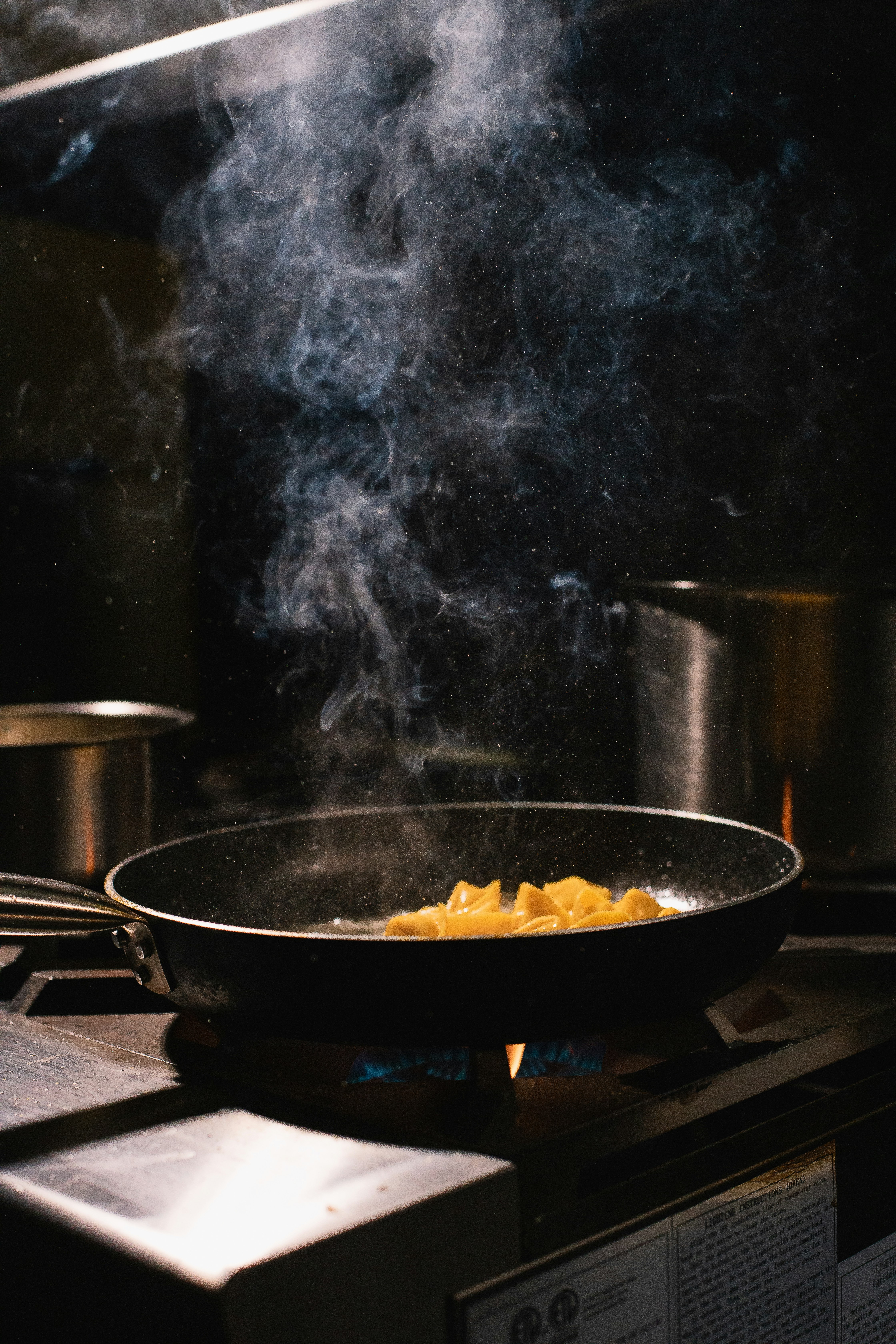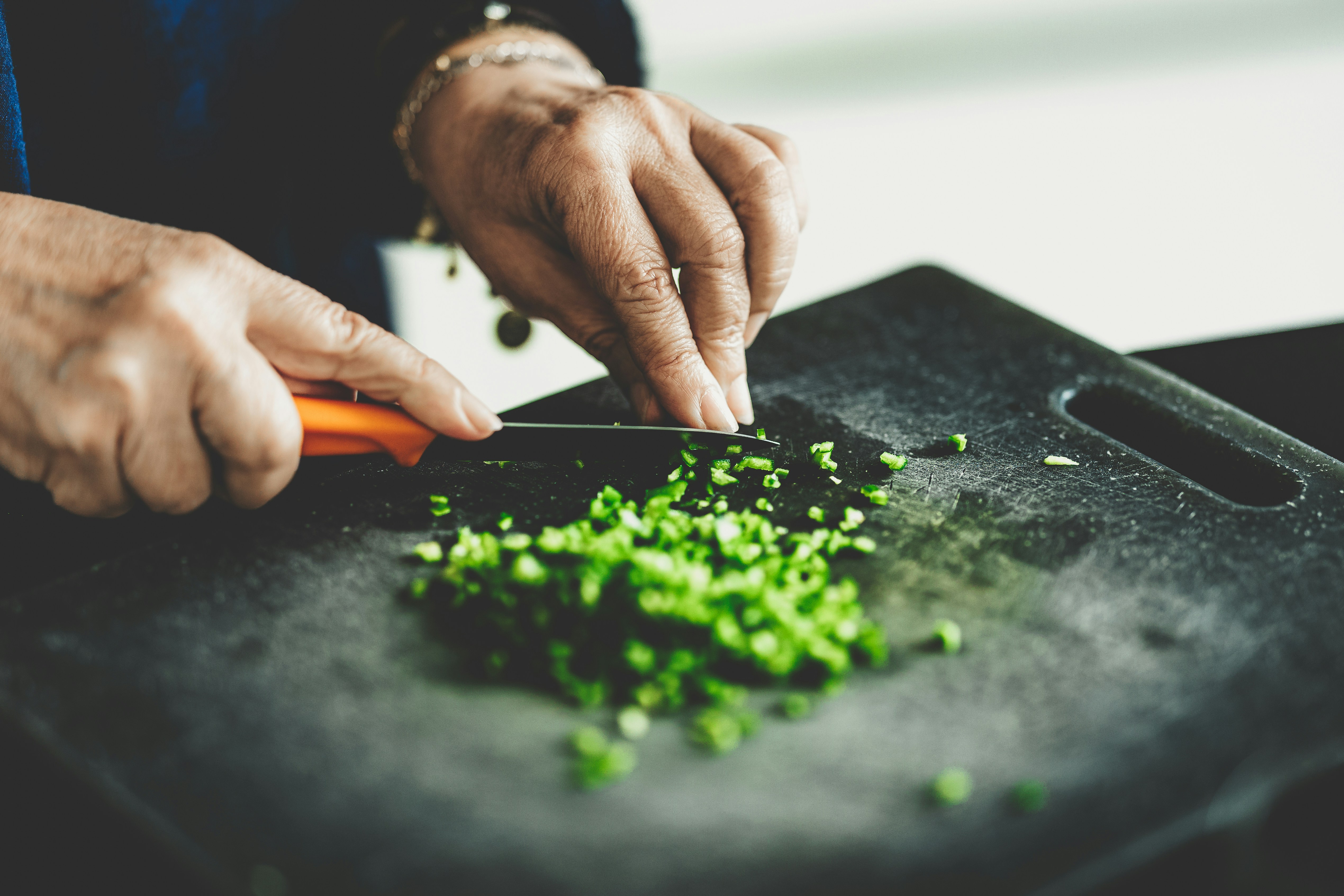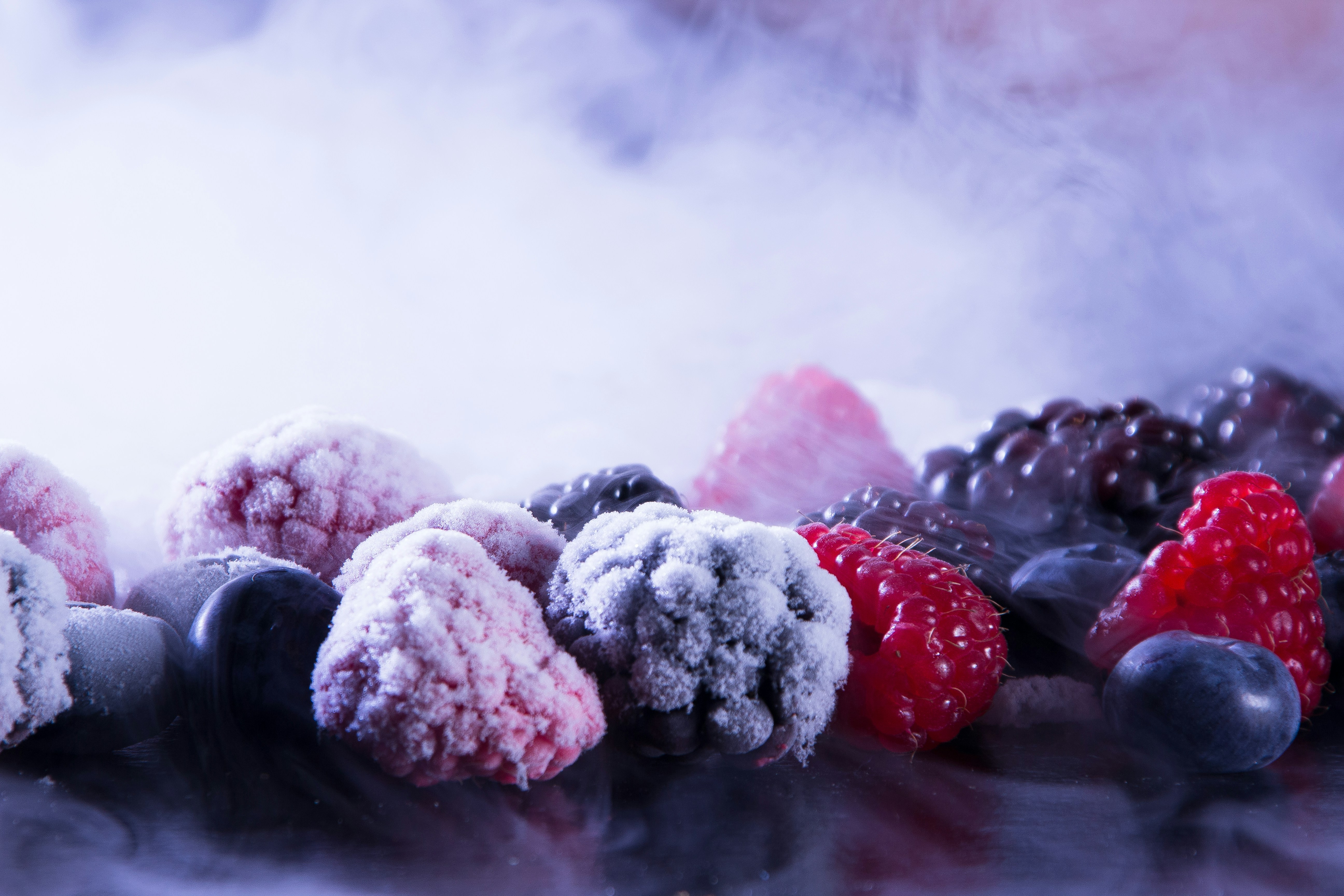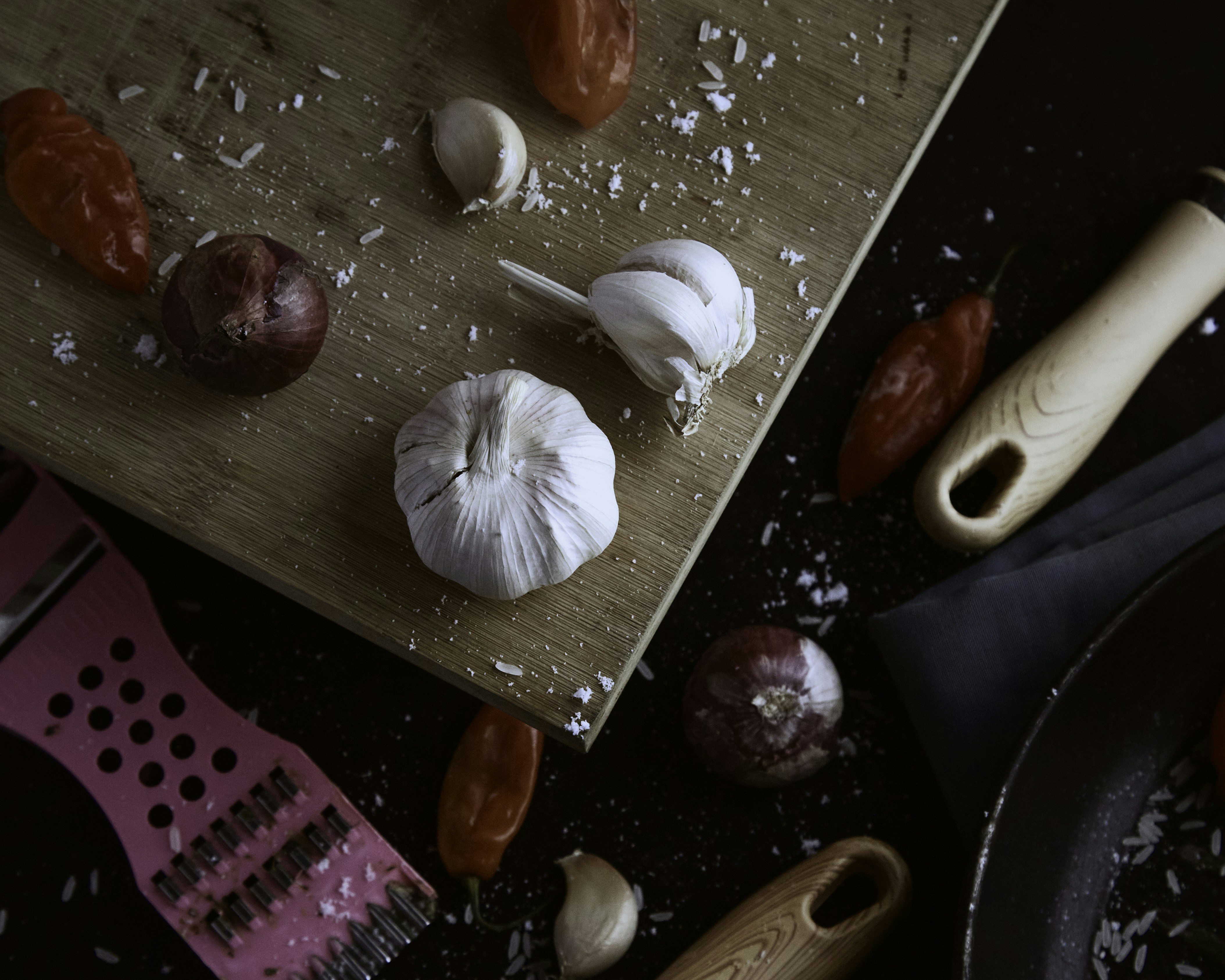The Sensory Kitchen: Explore Aroma, Texture, and Temperature to Elevate Your Cooking Experience
Cooking is an art that goes beyond the mere act of combining ingredients. It's a multisensory experience that engages our senses in a delightful symphony of aroma, texture, and temperature. The sensory kitchen is where culinary creativity flourishes, transforming routine meal preparation into a celebratory event. Understanding how scent, feel, and heat influence your cooking can significantly enhance your dishes and elevate your dining experience. Ready to turn up the flavor and excitement in your kitchen? Let’s take this delicious journey together!
The Aroma of Cooking: Not Just a Side Note
Aromas are powerful. They can evoke strong memories and emotions, and they play a pivotal role in the way we experience food. When you enter a kitchen where something fragrant is cooking, your senses immediately kick into high gear. The scent of garlic frying in olive oil, fresh herbs wafting through the air, or the sweet fragrance of baked bread can be enough to make your mouth water.
Research shows that aroma significantly influences flavor perception. In fact, the Harvard Business Review highlights how approximately 80% of what we taste is derived from our sense of smell. For instance, when creating your next signature dish, consider how you can boost the aroma. Herbs like basil, rosemary, or thyme not only amplify the scent but also enrich flavor profiles. If you're curious about the role of fragrance in elevating dishes, take a look at this insightful article.
Elevating the Cooking Experience through Aroma
-
Infuse your oils: Begin your dishes with infused oils that release captivating scents. Try infusing olive oil with garlic or chili for an aromatic base that enhances the flavor of your entire dish.
-
Smell as you cook: Pay attention to the smells that arise while preparing your food. Recognize how this sensory cue can guide you in choosing complementary flavors.
-
Use aromatics wisely: Anchoring your dishes with aromatic vegetables like onions, garlic, and leeks creates a building block of flavor that gives a signature identity to your meals.
The Importance of Texture in Cooking
Texture contributes incredibly to the overall enjoyment of food. Imagine sinking your teeth into a crispy, golden-brown potato wedge or a silky-smooth chocolate mousse. These varied textures—crunchy, creamy, chewy—offer complexity in the eating experience that delights the palate.
A well-rounded dish combines different textures to engage multiple sensory receptors. For example, pairing your creamy soup with crunchy toasted nuts creates an appealing dish and adds an exciting contrast that keeps diners intrigued.
Crafting Texture-Laden Dishes
-
Contrast is key: When designing dishes, think about how different textures can play off each other. A rich, creamy risotto can benefit from the addition of crisp vegetables or toasted breadcrumbs.
-
Experiment with cooking methods: Different cooking methods bring out different textures. Steaming vegetables keeps them tender-crisp, while roasting can bring out a delightful nuttiness and crunch.
-
Incorporate various ingredients: Consider adding elements like nuts, seeds, or crispy toppings to your dishes to elevate texture and provide a satisfying crunch.
For more ideas on how to transform your meals through texture, explore this detailed blog post on sensory cooking.
Embracing Temperature to Enhance Flavors
Temperature influences more than just the warmth of your dishes; it affects the way flavors are perceived as well. Foods served at the right temperature can highlight their intrinsic flavors. Imagine a rich crème brûlée served warm, its velvety texture complementing the caramelized sugar on top, creating a divine dessert experience.
The Temperature Spectrum in Cooking
-
Know your heat zones: Different cooking techniques bring out unique flavors. Searing meat at high temperatures creates a mouthwatering crust while the inside remains juicy and flavorful.
-
Serve at the optimal temperature: Serving dishes at the right temperature ensures every element performs at its best. For example, cold salads can taste flat if they’re served too warm, while hot dishes lose flavor and texture if they cool down too much.
-
Utilize temperature contrast: Embrace the juxtaposition in your meals. For instance, top a warm brownie with cold vanilla ice cream for a delightful experience that excites both flavor and texture.
Explore the science behind temperature's role in flavor with this thought-provoking article.
The Power of Multisensory Cooking
Combining aroma, texture, and temperature in your cooking elevates your dishes from the mundane to the extraordinary. Creating meals is an opportunity to engage all your senses, transforming the act of cooking into an adventure.
As an avid home cook, I recall experimenting with a new pasta dish one evening. I infused olive oil with fresh herbs, carefully prepared a range of textures with crunchy vegetables, and meticulously maintained the right temperatures. The result wasn’t just dinner; it was a sensory experience that transformed my kitchen into something magical.
Practical Tips for Becoming a Sensory Cook
-
Curate a sensory environment: Create a warm, inviting kitchen atmosphere where aromas can flourish and flavors can mingle. Trim those herbs, let meals simmer, and enjoy the process!
-
Incorporate mindfulness in cooking: Pay attention to textures as you chop and mix, and observe how temperature changes throughout the cooking process. Take the time to savor the journey as much as the final product.
-
Experiment regularly: Don’t be afraid to try new combinations of ingredients and techniques. Push your culinary boundaries and embrace creativity—it’s part of the joy of cooking!
Next Steps for Your Culinary Journey
Now that you understand how aroma, texture, and temperature can transform your cooking, it’s time to immerse yourself further in the sensory kitchen. Embrace your culinary intuition, experiment with delightful flavors, and explore the wide world of cooking techniques.
Whether you're rekindling a passion for food or diving into new cooking experiences, keep these sensory principles close at heart. Have fun, embrace your creativity, and let the sensory kitchen's magic permeate your meals.
As you embark on this culinary journey, don’t forget to check out related resources that can enhance your understanding even further, such as crafting unique spice blends and discovering cross-cultural recipe ideas.












